Exploring Cape Verde
Our Travel GuideMy introduction to Cape Verde Islands was less than ideal. I was traveling overnight from South Africa where I was living, flying to New York. Suddenly the plane started to lose altitude though nothing seemed wrong. The captain came on the loudspeaker and said we would be landing soon. This was like 3AM. Where were we landing? The Atlantic Ocean?
As it turns out, we were landing in Cape Verde to deliver goods from South Africa through some sort of treatise. We hung out in the small airport all night as the plane was unloaded. Not the very best way to experience the island. There are a lot more to Cape Verde than just being on a supply stop.
Sal is one of two islands that cater for tourism and holidays, the other being the nearby Island of Boa Vista. Cape Verde (also referred to as Cabo Verde), and consists of 10 archipelago islands, only one of which is uninhabited. The Islands of Cape Verde lie in the central Atlantic Ocean, approximately 385 miles off the African coast of Senegal. Tourism began in the 1970s with Sal, followed by Boa Vista later from around 2010 when the population increased due to Cape Verdeans being able to secure jobs in the hospitality sector.
These days, large Cruise Ships sail into the Port of Mindelo on the Island of Sao Vicente as a stop off point for land excursions. Some Cruise companies are even planning to do a tour of the Islands which is a wonderful way of exploring the Islands and certainly an easier way to access them as flights between the Islands can be pricey.
The Cape Verde islands have some of the most spectacular landscapes worldwide with fascinating history and incredibly friendly locals. The Islands are not considered as wealthy with daily lives being of low standards for locals, therefore Tourism is an important part of their economy enabling locals to work in Hotels, Restaurants and Tour Companies. The main Religion across the Islands is Roman Catholic, formed from the days of Portuguese Colonialism.
However, this does not impact on the way Cape Verdeans enjoy their lives as they are renowned for dancing and singing with their own unique styles including ‘Funana’ and ‘Kizomba’ (the latter being the more recent). They simply love having Fiestas which include street parades in lively costumes and African themes through their ancestry from colonial times.
The Capital of Cape Verde Islands is Praia, Situated on the largest Island of Santiago. Naturally, being the capital, it is the central Island for commerce and very busy. A very interesting point about Santiago, is that it was the main Island used as a trading post for slavery during the Colonial days of Portuguese rule. Still to this day, you can visit the areas where the slave trading posts have been kept in their original state as a reminder of terrible colonial Rule and sufferings of slaves taken from Africa and traded across the world.
Due to their past history, Cape Verdeans main language is Portuguese with some African and is know locally as ‘Creole’ They have their own currency which is the Escudo and can be converted at most Banks offering currency exchange.
For many years, Cape Verdean communities struggled to get fresh water due to the only water being accessible was Saline which is not drinkable for humans. Over time, companies began opening desalination factories which then led to trucks being able to deliver fresh drinkable water to local communities. Even to this day, many communities still rely on this service and large water tanks can still be seen where locals still go to collect water.
Cape Verde at a Glance
Visa: Effective February 24, 2020, U.S. citizens entering Cabo Verde for tourism for less than 30 days do not require a tourist visa. For tourist visits longer than 30 days, two types of visas are available: a single-entry visa valid for up to 90 days or a multiple-entry visa valid for five years.
Language: The official language of the islands is Portuguese, which is used in most written communication, including newspapers; however Creole tends to be used in conversation and it’s this you’ll hear being used on a day to day basis.
- Sight Seeing 70%
- Cost 80%
- Ease of Travel 75%
- Activities 75%
“Few places… demonstrate the promise of Africa better than Cape Verde,” US Secretary of State Hillary Clinton said during a landmark visit to the archipelago. “Some places have certain aspects that can be comparable. But no place has put it all together, with good governance, transparency, accountability, the rule of law, a democracy that is delivering for its people, lifting them out of poverty, putting them now in a category of middle-income countries in the world.”
Top Experiences in Cape Verde
The Islands
SAL
Being the most visited Island for tourism, Sal can get very busy through its summer and autumn months due to the great climate and easy navigation across the Island as it is small, ranging approximately six miles from east to west at the widest point, and only nine miles from South to North.
The main resort is the furthest point south known as Santa Maria. This is where all of the Hotels, Guest Houses, Air B and B’s and self catering apartments are located. The resort itself is small so very walkable and has a large variety of restaurants and local shops selling souvenirs and groceries including a few Banks. Mobile phone shops are also available for sim cards if needed. Because the Island is small, you are always close to a beach which includes at the heart of Santa Maria.
One of the highlights is the old wooden Pier where tourists will congregate around midday to watch the local fishermen bring in their catches of a wide variety of fish and seafoods which are then gutted by the local women on the pier, to then be wheel barrowed off to all of the local restaurants, guaranteeing the freshest caught delights to be enjoyed.
The local dish famous on the Islands is known as ‘Cachupa’, a tasty dish consisting of beans and chorizo in a sauce and can have eggs in the morning dish (breakfast), and a choice of fish or chicken in lunch or evening dishes.
Other attractions on the Island are offered by several local Tour Companies and include:
Island Tours – (often including a lunch at a local restaurant)
Espargos – the Capital with its narrow streets and shops.
The Blue Eye – stunning deep cave with crystal waters
Kite Beach – Perfect for a variety of water sports
Terra Boa – Centre of the Island famous for it’s mirage
Salina Salt Flats – Original wooden construction overlooking
it’s famous old salt flats
Loggerhead Turtles – July to October, these stunning large Turtles make their nests on the beaches uses their huge front fins to scoop the sand out to make a deep hole in order to lay their eggs. Best time to observe them are night tours with a Guide in August. Once the eggs are buried, local Eco- friendly volunteers retrieve them (which can be up to 100 eggs per nest) then take them off to a hatchery where they are date marked.
The volunteers are then able to determine when the eggs are likely to hatch. At this point, visitors are allowed to go and watched the baby turtles hatching.
Off road Buggies – Great buggy tours across the Island
Catamarans – Chance to see Humpback Whales in season
There are many other sights to see on Sal including an Oasis, the Highest point known as Serra Negra (spectacular for bird watchers) and The Bay of Murdeira. There are no poisonous creatures on the Island meaning it is safe to explore the landscapes by foot.
Sal is very popular with couples and adults as it is not particularly child friendly with only one Hotel catering for families that includes a water park. There are also a few Bars and Nightclubs in Santa Maria which are very popular and stay open until early hours of the morning. Local beers are cheap with most places being free to enter.
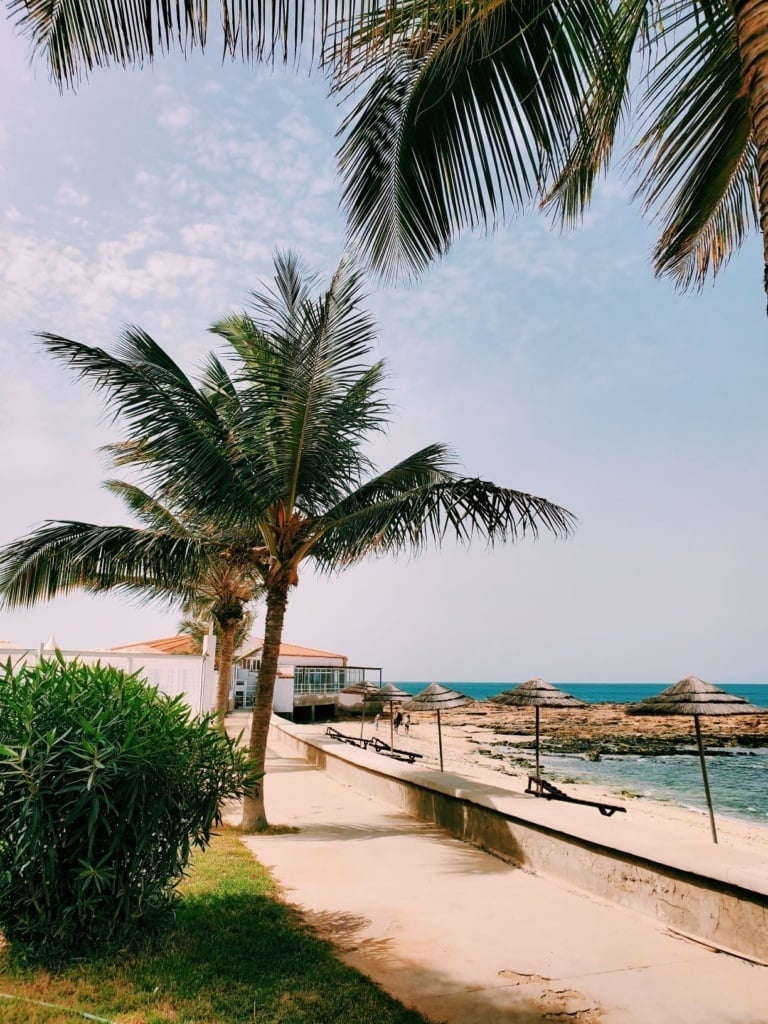
The Cape Verde island of Sal has wonderful weather and is the most visited island.
Boa Vista
Of the two Tourist Islands, Boa Vista was the later development and tends to cater more for couples and honeymooners with more upmarket Hotels.
It is a larger Island with Hotels located in the same locations. However, it does not have a larger town such as Santa Maria on Sal so tourists tend to take tours available through local Agents which include similar activities such as Turtle watch in season, Buggy tours and general Island sightseeing which has some spectacular landscapes and beaches which are also known for the Loggerhead Turtles in season.
Fogo
Unfortunately for myself, I was not able to explore other Islands due to my work commitments. Fogo was one of the Islands I wished to see the most as locals often told me it was so beautiful for its flora and fauna and the Island has its own Volcano.
Fogo is also the Island which is famous for making the Cape Verdean wine. Because the land is so fertile, many vineyards are able to flourish and produce excellent quality grapes.
It is said that wine production was introduced to the Island by a French man who sailed to the island on one of the Portuguese vessels during the colonial period.
Sao Vicente
Known for it’s vibrant culture and picturesque mountains, it is also home to the largest Port of the Cape Verde Islands and is host to Cruise ships stopping off for shore excursions.
The highest point on the Island is known as Monte Verde and it is said that the views from the top are absolutely breathtaking giving views across the Island.
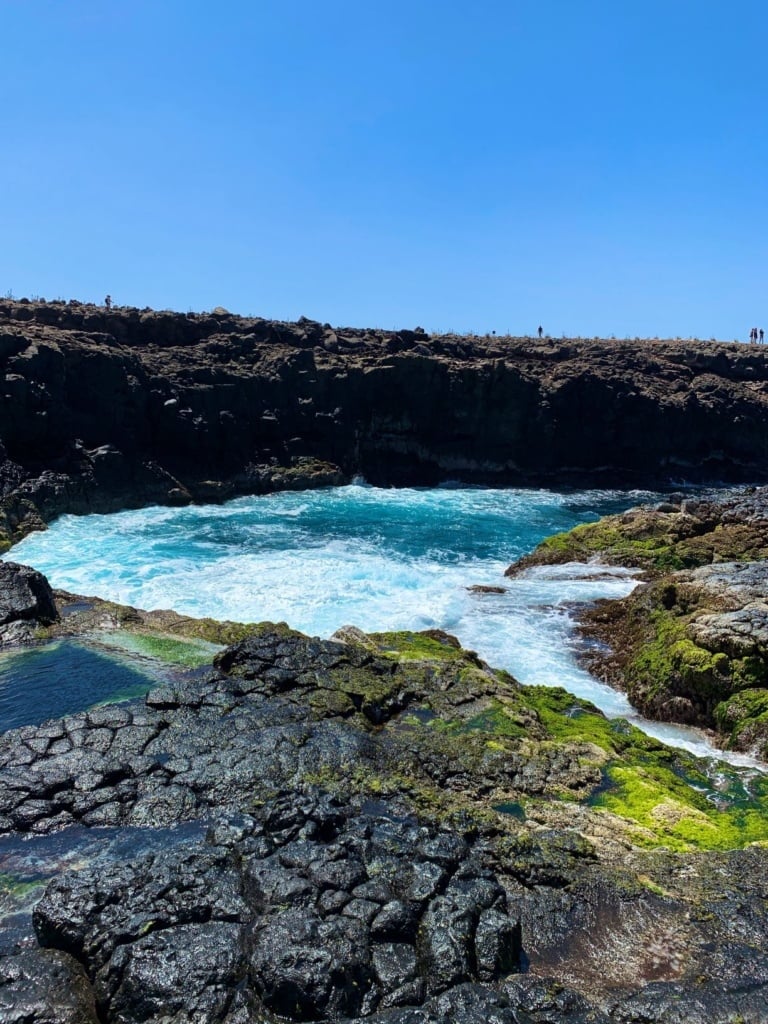
Cape Verde has many picturesque bays and inlets like Buracona.
Santo Antao
Another volcanic Island boasting some of the most beautiful panoramic landscapes of all the Cape Vere Islands. This Volcano has not erupted since around 200,00 years ago, yet left some incredible formations of jagged rocks and other unusual rock formations along with pretty hillside villages.
The Island is popular for hikers and has some precarious roads to navigate.
Santiago
The largest of the Cape Verde Islands and known as its Capital (Praia), along with the area of the old capital known as Cidade Velha, has a dark past due to the Island being used as a slave trading post by the Portuguese, often assisted by Pirates.
Evidence can be found in Cidade Velha where slaves were traded by local business men, then sold off to countries across the world who profited from slavery.
Today, Praia is a bustling City with colorful markets, business quarters and lively festivals throughout the year.
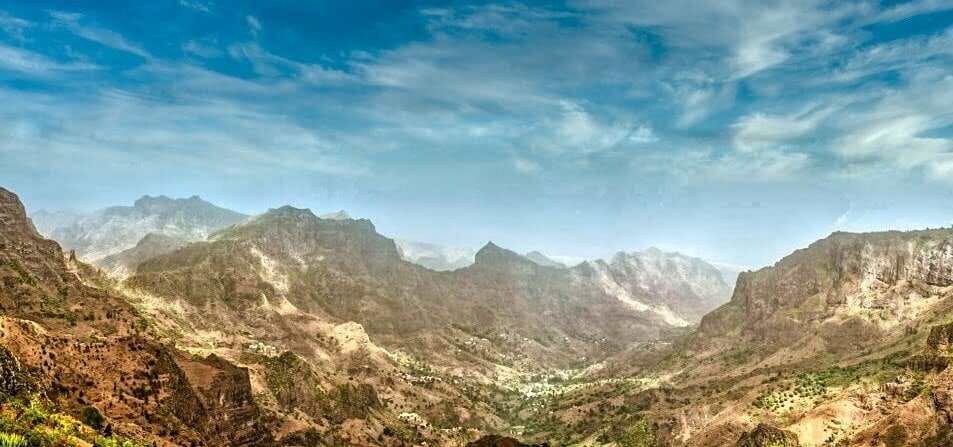
The mountain range of Serra da Malagueta is on the northern end of the island of Santiago.
Sao Nicolau
One of the less discovered Islands, Sao Nicolau is known for its stunning landscapes of jagged rocks, green walking trails and pretty colonial style villages and towns. It has recently been added to the list of Island hopping tours due to its popular scenery.
Santa Luzia
This Island of Santa Luzia is currently uninhabited. For a short time between 1960 to 1990, there was a small community of farmers on the island raising livestock. It is small with a very dry and barren landscape.
Maio
Close to Santiago, Maio has a small population but relatively untouched by tourism yet has stunning beaches and pretty hillsides with a British and Portuguese colonial history.
Brava
Last but not least is the Island of Brava. It has a slightly larger population than Maio, yet still has the Volcanic landscapes like most of the Cape Verde Islands including pretty villages and that colonial feel.
Our Final Word
So, there we have it. Some fascinating insights in to the beautiful Archipelago Islands of Cape Verde. If you want to experience an island culture with all that it has to offer, head to Cape Verde. So go and explore these fascinating Islands!
Cape Verde
Our Travel Blog

Exploring the Untouched Beauty: 5 Must-Do Activities in Uganda
Embark on a Ugandan adventure and witness the raw beauty of its landscapes. Trek through misty jungles to observe mountain gorillas, cruise the Nile at Murchison Falls, spot tree-climbing lions in Queen Elizabeth Park, marvel at Lake Bunyonyi’s serenity, and hike the snow-capped Rwenzori Mountains. Uganda’s untouched splendor awaits your discovery.

The Human Connection: Why We Should Care About People We Meet on Our Travels
“The Human Connection” explores the profound impact of human interactions during travels. It emphasizes the importance of embracing local cultures, understanding diverse perspectives, and forming meaningful connections. This post encourages readers to see beyond tourist spots and delve deeper into the heart of the places they visit, through the people they meet.
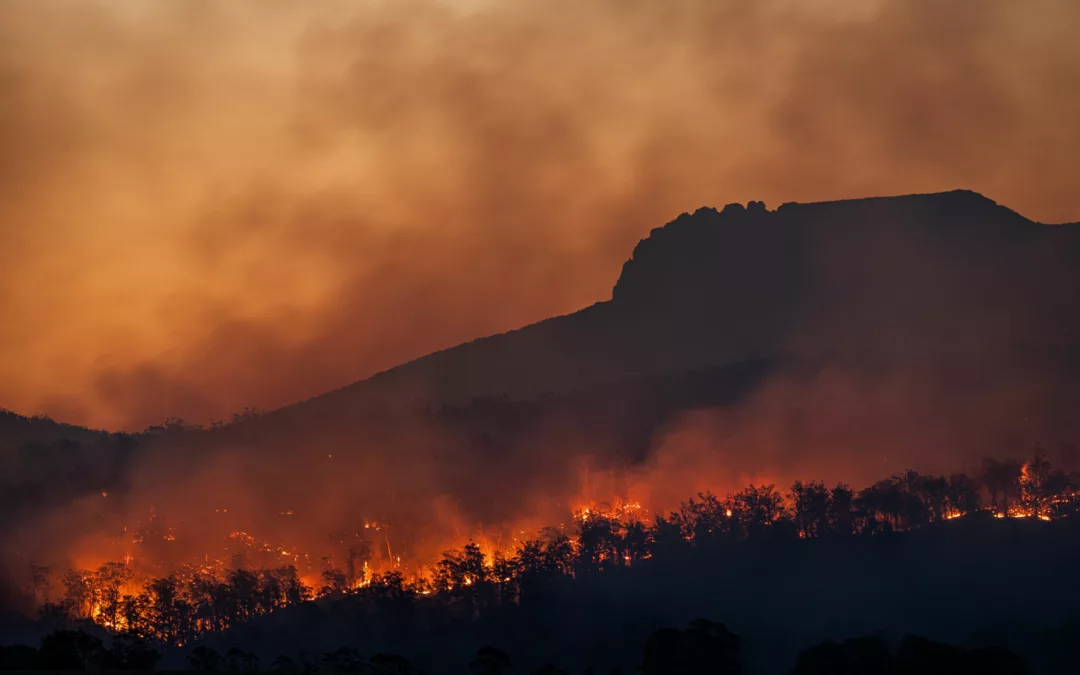
Why Climate Change Matters: Understanding the Threat to Our Planet
Climate change is not just an environmental issue; it is a threat to our very existence. Rising temperatures, extreme weather events, and melting ice caps are just the beginning. The consequences of inaction are dire, affecting ecosystems, economies, and human lives. It is imperative that we understand the urgency and take immediate action to combat this global crisis.

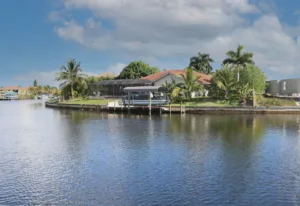

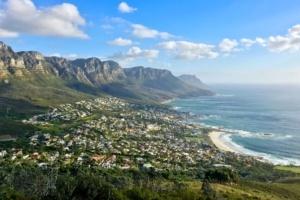
0 Comments